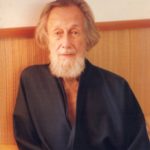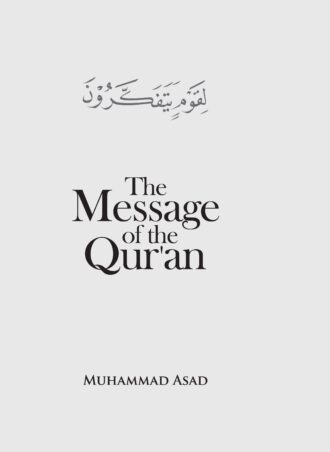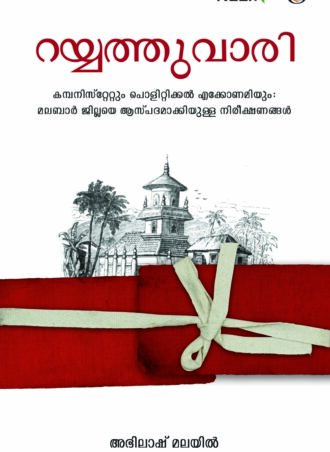Biography

Martin Lings
Martin Lings, who once stated his wish to be known by his adopted name Abubakar Sirajuddin, needs no introduction to discerning readers while his prolific profile stands above the introductory epithets, classifications and chronological subdivisions possible. He belonged to perannialist stream of mystical philosophy. In other words, he was a Sufi in both the senses he outlines in his What is Sufism? (A Sufi combines the particularism of Islam, while he strives to stem the particularisation of its spiritual essence and values)
He was born in England on 24th January, 1909. He spent his higher studies in the US, where he befriended writer and Christian theologian CS Levis. In 1940 he came to Cairo and became a lecturer in Cairo University. He came to be attracted to the perennial philosophy of Rene Guenon and became a Muslim under the influence of Frithjof Schuon, a Swiss-German mystic. During his sojourn in Egypt, he learned Arabic and got immersed in the study of Sufism. In 1944, he married Lesley Smaly, his childhood friend and lived with her in a village bordered by pyramids. His house is said to have been frequented by scholars like Gai Eaton. He produced and staged Shakespearean plays, always a fascination with him which was attested by his excellent commentary on Shakespearean plays titled The Secret of Shakespeare: His Plays Seen in the Light of Sacred Arts. In the anti-British riots culminating in Gamal Abdul Nasir’s Arab nationalist revolution in Egypt, three of Lings’ colleagues were killed and, in the move to expatriate British nationals, he had to return to London in 1952. He graduated in Arabic and earned PhD for his research on Algerian Sufi Ahmad al Alawi. Later published as A Sufi Saint of Twentieth Century the thesis is noted for esoterism and characteristic subtlety. In 1955, he was appointed as the guardian of oriental manuscripts and tomes in the Arabic library in British Museum. During this time, the author wrote the Quranic Art of Calligraphy and Illumination, which was later published in 1976 as part of World of Islam Festivals. In 1983, his biography of the Prophet with the subhead His Life Based on the Earliest Sources came out and it endeared him to the readers of Islam. His oeuvre, besides articles and monographs on spirituality, mysticism and Islam, totals around 12 titles including the Eleventh Hour, Ancient Beliefs and Modern Superstitions, What is Sufism, Sufi Poems: A Medieval Anthology, The Holy Quran: Translation of Select Verses. His interest and expertise in the art of gardening is well renowned, reflected as it is in the garden of Kent, ala Quranic metaphors and themes. After his demise in 2005, his mortal remains were interred in the garden.




